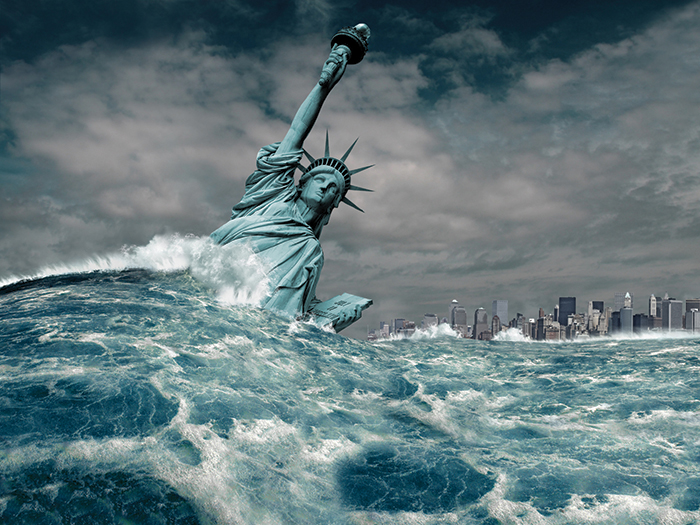Talk about lazy ... you haven't bothered to address any one of my concerns ... just the straw-man of burying electrical lines (hey, stupid, how do we put solar panels underneath underground transmission lines?) ...
This isn't a political issue, it's an engineering issue ... starting with we cannot place anything on the levees, not even a tree or shrub ... and if an engineer would correct me, I do believe we have to dig down every foot of tower height, a 50 foot high tower requires a 50 foot deep concrete anchor ... plus the cable anchors ... concrete is a major source of carbon pollution ...
Are we using Perfectium for our towers and cables? ... this might surprise you flat-landing city-slickers, but steel rusts, even galvanized steel will need maintenance and repairs ... have you forgotten you proposed slinging these solar panels over the water? ... again, it surprises a city-slicking flat-lander like yourself that we can't pour concrete on top of water, it sinks ...
Wind evaporates water ... I'll grant you didn't know this, it's not particularly common knowledge among folks who never work hard enough to sweat ... if it was cost effective to cover these two canals, the State would have long ago ...
"Pie in the sky, go to Heaven when you die" kind of liberal ... try smoking marijuana for a change ... you need that extra help I think ...



